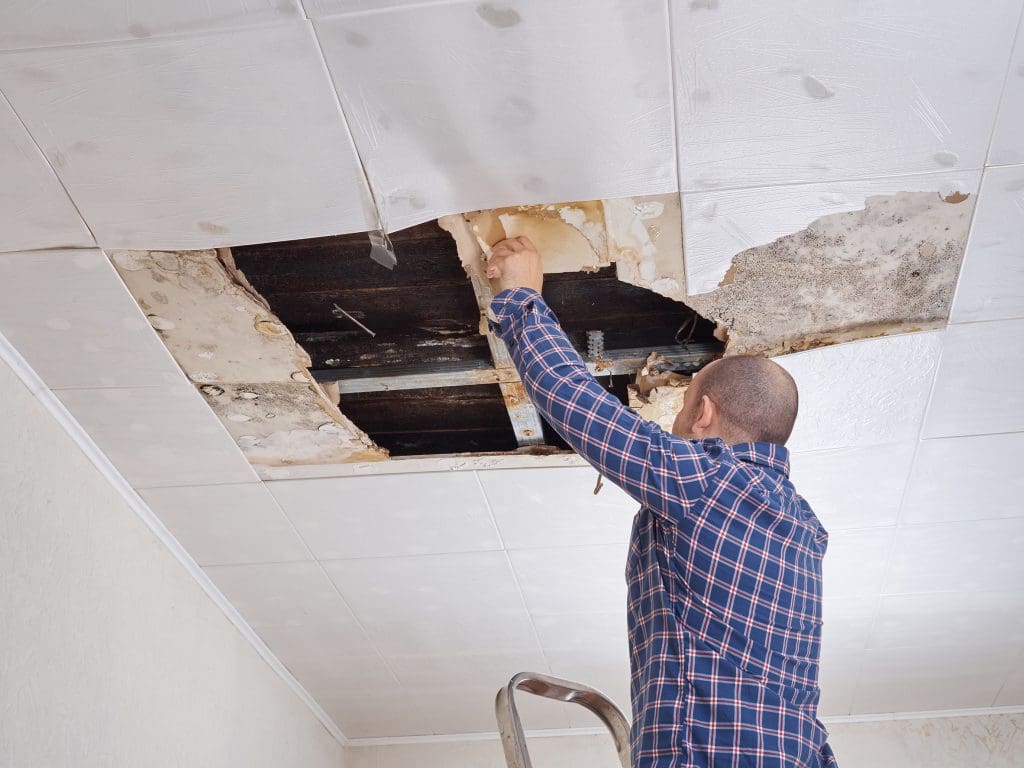Water Remediation and Restoration
 Many individuals are unaware of what water remediation and restoration really is, but it is one of the most common and important aspects of the home renovations world. Water damage remediation service means to treat or reverse the damage caused by unwanted water accumulation. In other words, it is the process of cleaning, drying, sanitizing, and repairing any structural damage caused by water. Before we go any deeper into things, its important to understand how it works. When water damage occurs, three key steps must be completed in order to finish the remediation process.
Many individuals are unaware of what water remediation and restoration really is, but it is one of the most common and important aspects of the home renovations world. Water damage remediation service means to treat or reverse the damage caused by unwanted water accumulation. In other words, it is the process of cleaning, drying, sanitizing, and repairing any structural damage caused by water. Before we go any deeper into things, its important to understand how it works. When water damage occurs, three key steps must be completed in order to finish the remediation process.
According to the team at Realty Improvement, firstly, all standing water must be removed from the property. This step includes the dehumidification process that eliminates water vapor and other moisture. Next, all the sewage water, toxins, chemicals, and other contaminants left behind must be cleaned and sanitized. The final step in the remediation process is repair and restoration of the impacted property.
Here are Some Important Things to Know About Water Remediation
- Dry Things Out
The first step in water remediation is the removal of all standing water. Once the leak has been stopped or the rain water has subsided, pooled water must be eliminated. This type of job calls for much more than a typical home wet-dry vacuum can handle. Here at Vital Restoration, we use professional grade industrial extractors, wood floor drying systems, sub-floor drying systems, air movers, and high-quality blowers and dryers to remove water. The remaining water vapor is dried using desiccant dehumidification and freeze drying. Trace moisture must be removed thoroughly to minimize the possibility of mold growth and other hazardous sanitary issues. -
Soap is Important
After the water and water vapor has been properly removed, the next step in water remediation is to sanitize the affected area. Water damage is often grouped into three categories: white water, grey water, and black water. White water refers to common water damage, which may be caused by an overflowing sink or tub. This form is easy to clean and sanitize. Grey and black water damages can be hazardous to the health of anyone who comes into contact with it or its residuals. Grey and black water leave behind a slew of toxins, chemicals, sewage, bacteria, and other contaminants. Proper use of professional grade cleaning tools and supplies will help eliminate the harmful remnants of flood damage in all of these instances. -
The Final Step
The final step of water remediation is the repair and restoration of the damaged property. Water can warp or damage ceilings, floors, and walls. Affected areas must be repaired, replaced, or restored. Carpets, carpet pads, and rugs are often the first spots affected by flood water. They are low and absorbent. As a result, these areas take on some of the worse damage. These often need to be cleaned, dyed, stretched, or replaced.
In many cases, water damage is almost inevitable for homeowners, and there’s a number of different reasons or ways for it to happen. If it isn’t from a leaky pipe, water damage occurs from natural disasters like flooding or rainwater. Anyone who owns a property long enough will experience water damage at some point throughout the life of the property.
The good news is that water damage does not need to become permanent. Homeowners can hire experienced water remediation experts to repair the damage caused by water and restore their property and personal belongings. And when it does you and your family need to be prepared for things, and its often best to contact a team of experienced professionals, who know what they are doing. For more information on all you need to know about water damage and remediation, as well as other home renovation projects, be sure to contact Realty Improvement today.